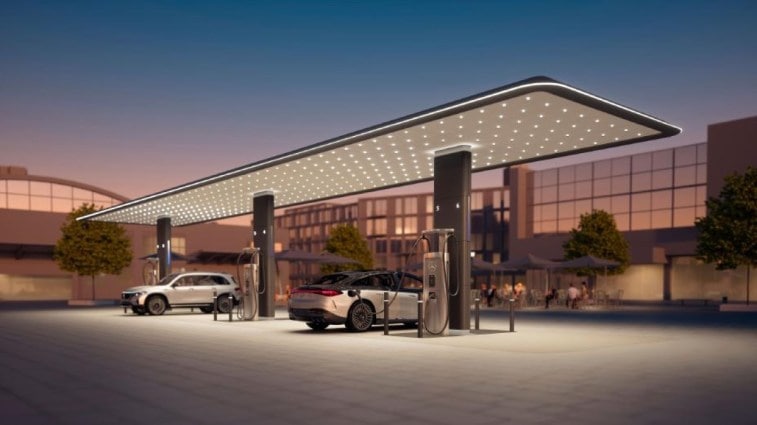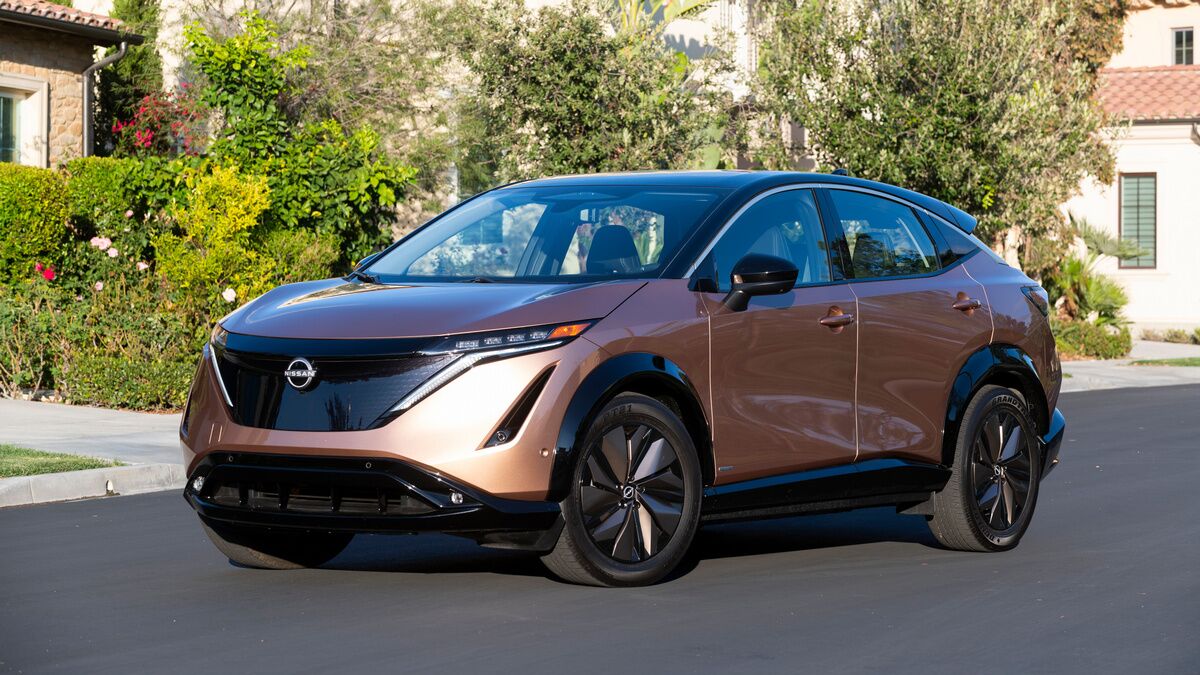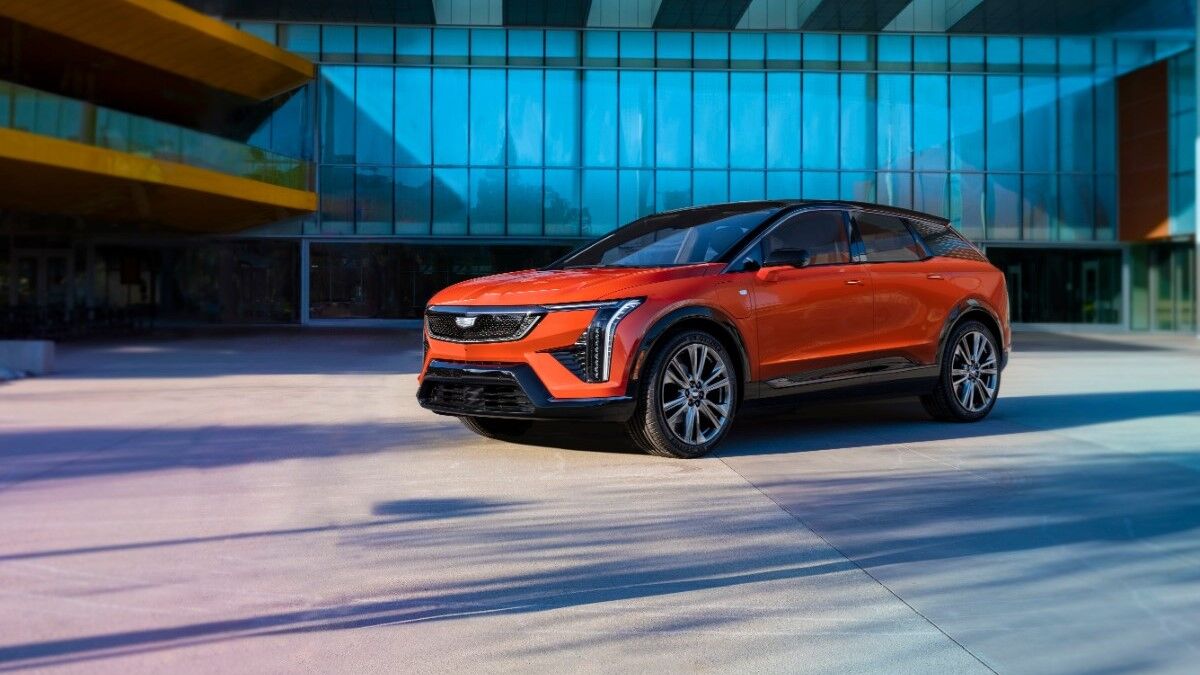
But the EV sales story isn’t a simple matter of growth. It’s getting complicated, with EVs oversupplied in many areas, prices crashing, and government incentives shifting.
Tesla Winning and Losing
Tesla, for instance, is both the big winner and the big loser of the EV story.
Kelley Blue Book parent company Cox Automotive reports that Tesla was the largest seller of EVs in the U.S., with more than 175,000 sold, an increase of 34.8% quarter over quarter. Its Model Y SUV has become the planet’s best-selling vehicle – not EV, but vehicle.
Yet Tesla’s share of the American EV market slipped below 60% for the first time.
Competitors remain far in Tesla’s rearview mirror. Tesla outsold second-place EV-maker Chevrolet 10 to one in the second quarter. But the company lost market share as more competitors introduced EVs every month.
Ford and Hyundai are third and fourth behind Chevrolet. Newcomer Rivian had a good quarter, with more than 20,000 units sold.
Hype Dying Down? But Permanent Change Coming
Yet manufacturers have, at least temporarily, overestimated demand. In late June 2023, the days’ supply of EVs was over 100, whereas industry-wide inventory levels were closer to 53 days. That supply is concentrated in a small percentage of dealerships. According to one recent survey, up to two-thirds of dealers don’t have an EV on their lot at all. Others have far more than their local market has demanded.
Prices are falling rapidly. EV prices peaked at $66,390 in June 2022 and have fallen more than 20% in the year since. In June, the average EV sold for $53,438.
EV sales will likely continue to grow. In a recent Cox Automotive survey, more than 50% of shoppers were interested in adding an EV to their stable. In the same study, 53% of consumers agreed that EVs will eventually replace traditional gas-powered vehicles. Dealers were more cautious, with only 31% agreeing on an all-EV future.
But America seems locked into significant changes supporting a shift to a mostly-EV future.
Sparked in part by government incentives and the federal infrastructure bill, new battery production facilities are cropping up around the country, and factories are being retooled and rethought to support EV production. This fall, the United Auto Workers union is negotiating its labor contracts with many automakers, and one topic is front and center: EVs. Even vehicle transportation and logistics – the trucking of EVs – is being redesigned in some part, as the current crop of EVs is heavier and more challenging to move than their internal-combustion-powered brethren.
More Records Will Fall Even As Problems Crystalize
Cox Automotive analysts point to the “trough of disillusionment” idea to explain the emerging moment. Part of the Gartner Hype Cycle – a hypothesis that the embrace of new technologies follows a pattern – the trough is when a technology fails to deliver on its most outlandish promises, yet becomes embedded in the culture.
“Building EVs is one thing, and many in the industry are proving excellent at that skill. Selling EVs is something different altogether,” a Cox Automotive analysis says.
“Yes, EV sales records will continue to be set, and EV growth will continue to outpace overall industry growth, but the days of 75% year-over-year growth are in the rearview mirror. The hard-growth days are ahead.”







